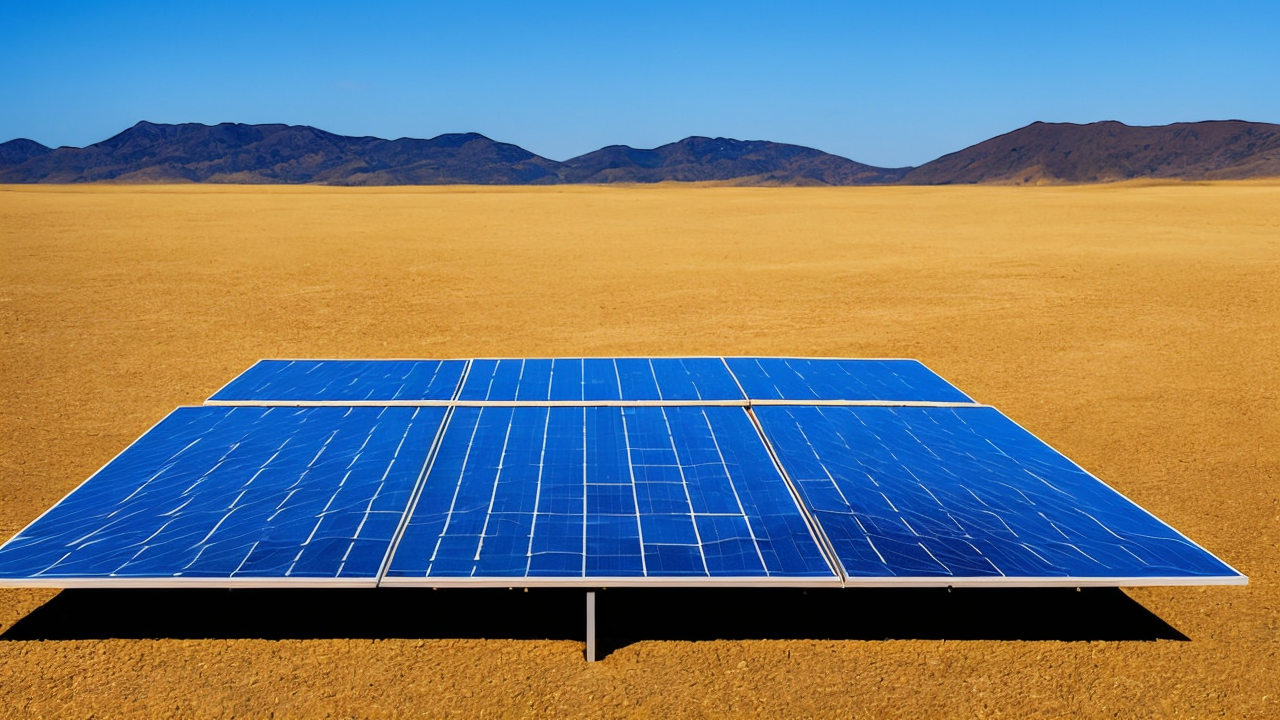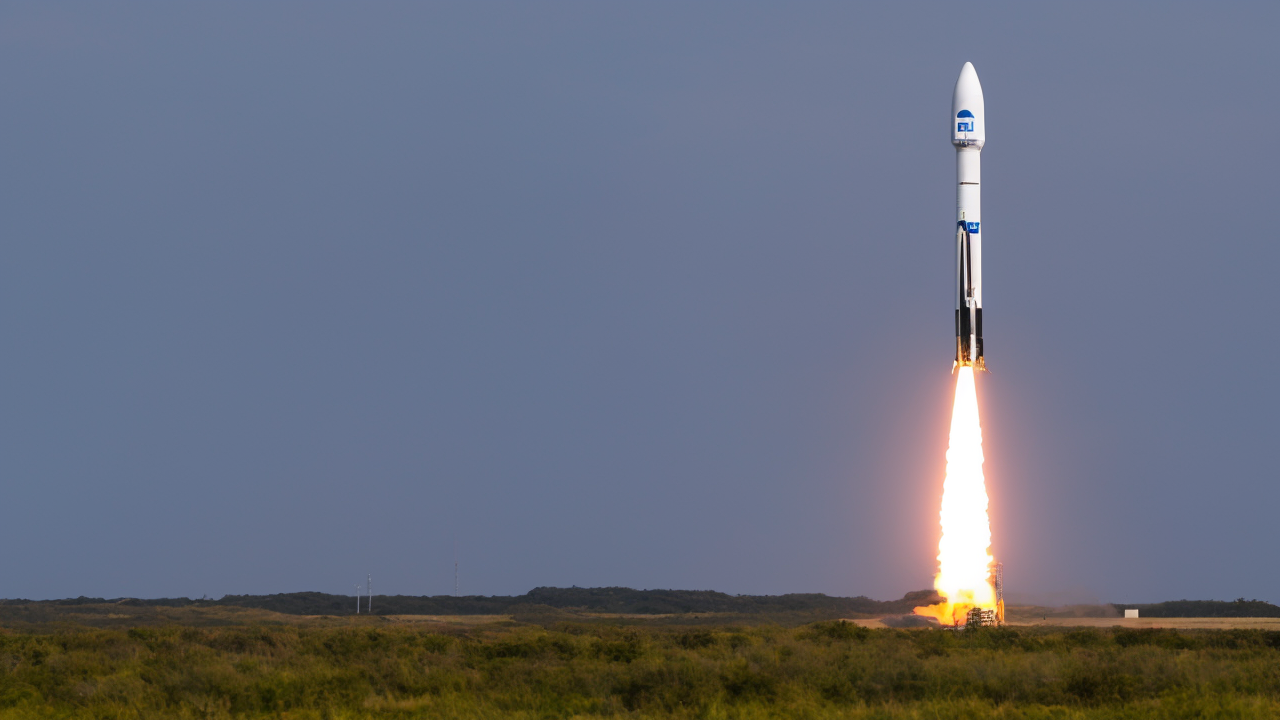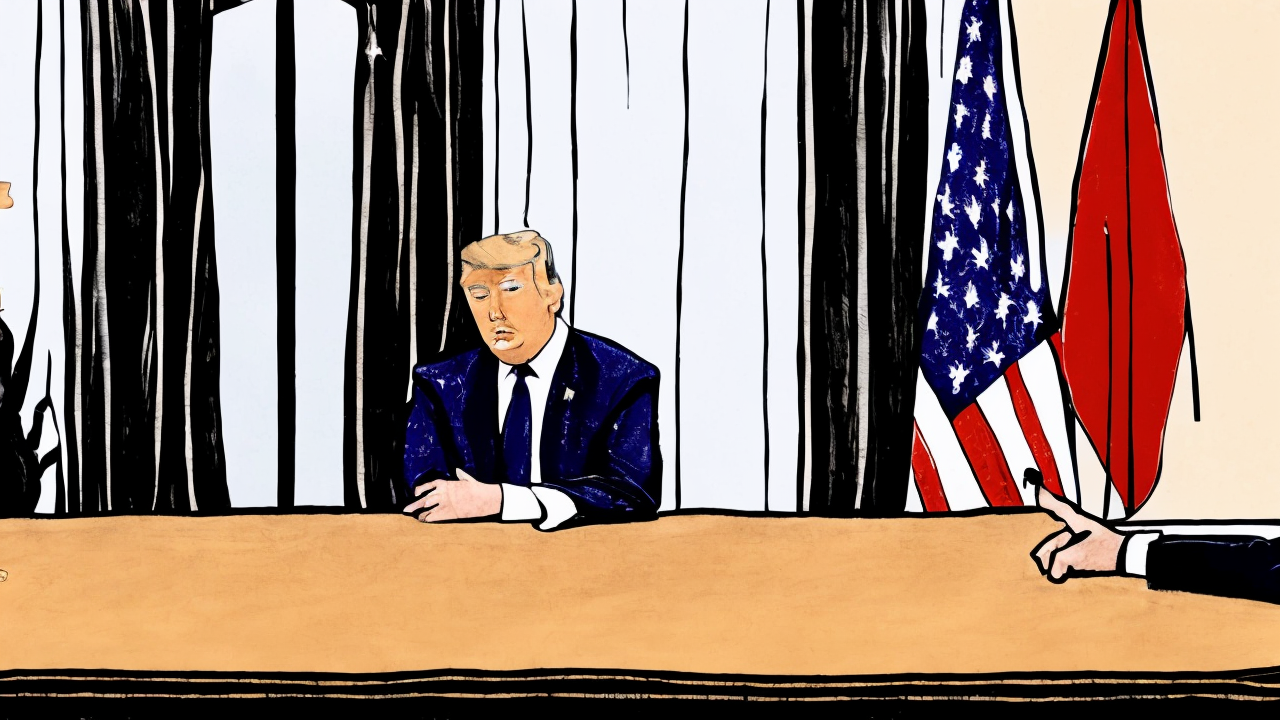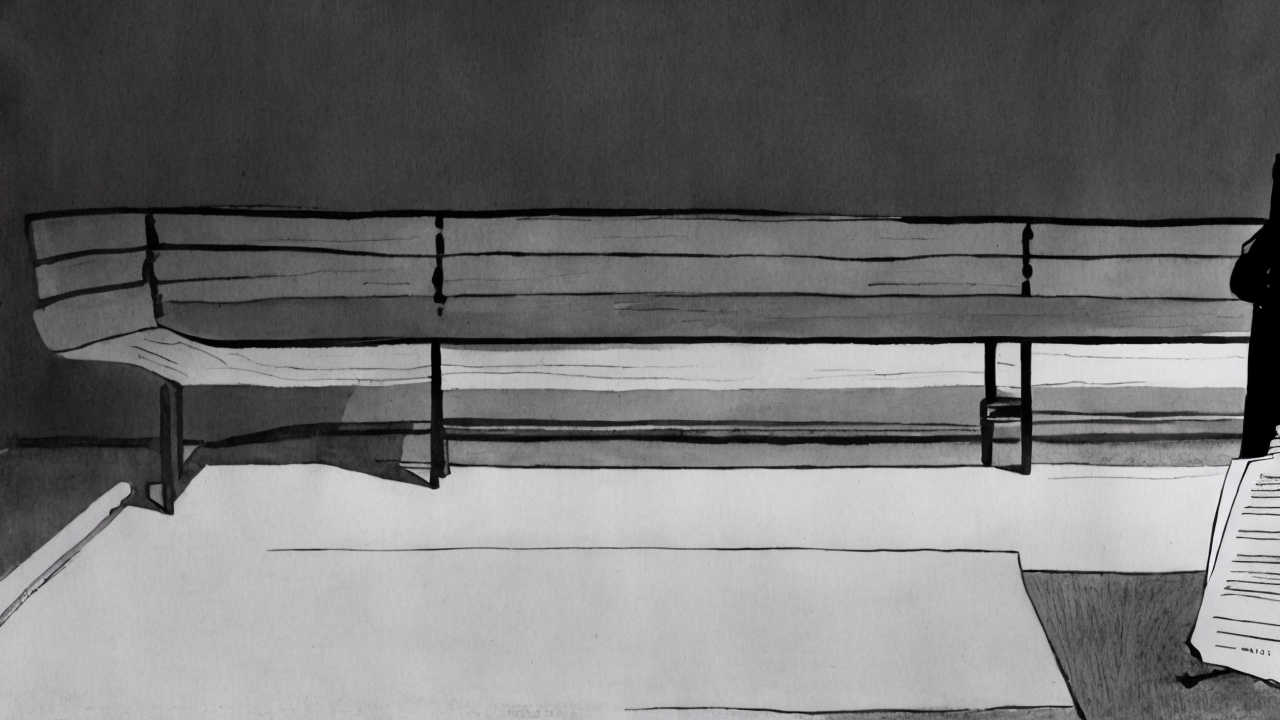The Tradeoff of Net Zero Policies: A Conservative Perspective

The push for net zero emissions has become a dominant force in public policy, often presented as an urgent moral imperative. Yet behind the rhetoric lies a deeper concern: a growing disconnect between policy goals and practical outcomes. While climate change is a topic worthy of thoughtful discussion, the current approach—driven more by ideology than evidence—risks undermining economic stability, energy reliability, and national self-sufficiency.
Carbon dioxide, often portrayed as a villain, is in fact a fundamental element of life. Plants require CO₂ to grow, and higher atmospheric levels have contributed to measurable increases in global vegetation. Satellite data from the past three decades show that over half of Earth’s land area has experienced significant greening, particularly in regions like the American Midwest, parts of Africa, and the boreal forests of Canada and Russia. This trend correlates strongly with rising CO₂ concentrations and has led to measurable gains in agricultural productivity. Crops grow faster, yields increase, and forests expand—benefits that directly support food security and environmental resilience.
Despite this, government policies have prioritized rapid decarbonization through wind and solar expansion, often at great expense. These technologies, while promising in theory, face persistent challenges in reliability and scalability. They require backup power sources—typically fossil fuels—to maintain grid stability during periods of low wind or sunlight. This creates redundancy rather than replacement, meaning that even as solar and wind capacity grows, the need for coal and natural gas remains unchanged. As a result, energy costs have surged in many regions, with some households paying two to three times more than before. This burden falls hardest on working families and small businesses, who have little room to absorb rising bills.
The focus on wind and solar also diverts investment from proven, scalable solutions. Clean coal technologies, carbon capture systems, and advanced nuclear power offer real pathways to reduce emissions without sacrificing reliability or affordability. These innovations could be expanded with strategic public and private investment, yet they receive far less attention and funding than politically popular alternatives. By ignoring the full spectrum of options, policymakers limit progress and increase dependency on unstable energy sources.
Moreover, the climate debate often overlooks historical context. Natural climate patterns have shaped human civilization for millennia. The Medieval Warm Period brought agricultural prosperity to Europe and allowed Norse settlements in Greenland. The Little Ice Age, by contrast, led to crop failures, famine, and societal upheaval. These events remind us that climate change is not a new phenomenon, nor is it always driven by human activity. To treat today’s climate trends as uniquely dangerous ignores centuries of natural variability.
A more balanced approach would acknowledge the benefits of higher CO₂ while pursuing realistic, cost-effective solutions. This means investing in technologies that deliver clean energy without compromising grid stability. It means supporting domestic energy production, ensuring that American workers remain at the heart of our energy economy. It means prioritizing policies that protect both people and the environment—not those that sacrifice one for the sake of an abstract ideal.
True stewardship of the Earth does not require abandoning our energy infrastructure or weakening our economy. It requires wisdom, prudence, and a commitment to solutions that serve real people. We must reject the illusion of net zero as a silver bullet and instead focus on practical progress—on building a future that is not only cleaner, but stronger, more secure, and more just.
Published: 11/17/2025








